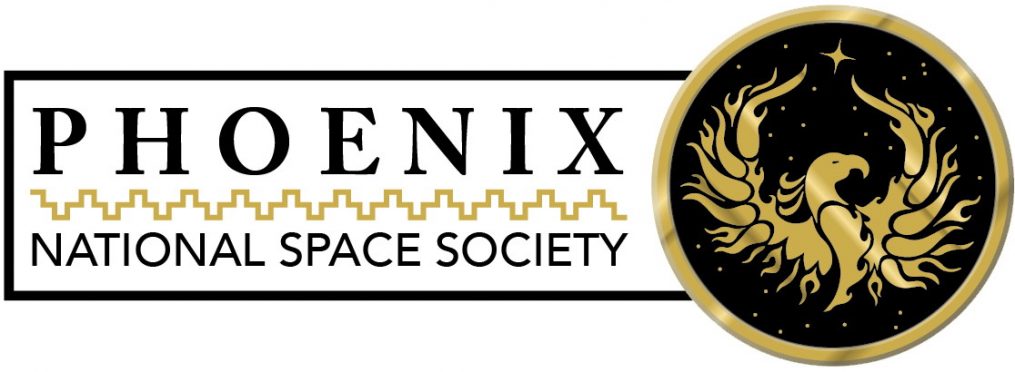In celebration of the 22nd Anniversary, astronomers have released this image of the Tarantula Nebula (30 Doradus, or NGC 2070) in the Large Magellanic Cloud.

Hubble Composite Image of the Star Forming Region in the Tarantula Nebula
Image Credit: NASA, ESA, D. Lennon and E. Sabbi (ESA/STScI), J. Anderson, S. E. de Mink, R. van der Marel, T. Sohn, and N. Walborn (STScI), N. Bastian (Excellence Cluster, Munich), L. Bedin (INAF, Padua), E. Bressert (ESO), P. Crowther (University of Sheffield), A. de Koter (University of Amsterdam), C. Evans (UKATC/STFC, Edinburgh), A. Herrero (IAC, Tenerife), N. Langer (AifA, Bonn), I. Platais (JHU), and H. Sana (University of Amsterdam)

Image Near Reno of the Minivan Sized Bolder that Exploded over California
Image Credit: Lisa Warren
Estimated to have released the energy equivalent to a 5 kiloton nuclear bomb when it exploded over the Central Valley of California, a minivan sized meteor weighing 70 tons was photographed as it passed East to West over the Sierra Nevada mountains near Reno Nevada, around 8:00 AM Phoenix time (1500 UTC) on 22 April 2012.

The Central Peak on Tycho.
Image credit: NASA / GSFC / Arizona State University
The Lunar Reconnaissance Orbital Camera (LROC) took this image of the sunrise on the peak in Tycho crater on 10 June 2011. The large boulder in the center is 120 meters across.

Comet Hartley 2 at 700 km.
Image credit: NASA/JPL-Caltech/UMD
The nucleus of Hartley 2 is about 2 km long and 0.4 km wide at the most narrow section. Active jets are clearly visible.

IRAS 05437+2502
Image Credit: NASA / ESA / Hubble / R. Sahai (JPL)
We are all familiar with the brightly colored Hubble images of the Eagle nebula and other star forming regions (below). This Hubble image is the black cat in a coal bin. First imaged in 1983 by the Infrared Astronomical Satellite (IRAS), IRAS 05437+2502 is a small, faint nebula in the constellation of Taurus.
IRAS 05437+2502
Image Credit: NASA / ESA / Hubble / R. Sahai (JPL)
The Hubble Space telescope captured this image of the Antennae Galaxies as they continue a series of collisions that has been going on for hundreds of millions of years.

The Antennae Galaxies
Image Credit: (Hubble Space Telescope) NASA / ESA
NGC 3603 contains some of the most massive stars known. These huge stars live fast and die young, burning through their hydrogen fuel quickly and ultimately ending their lives in supernova explosions.

NGC 3603
Image Credit: NASA, ESA, R. O’Connell (University of Virginia), F. Paresce (National Institute for Astrophysics, Bologna, Italy), E. Young (Universities Space Research Association/Ames Research Center), the WFC3 Science Oversight Committee, and the Hubble Heritage Team (STScI/AURA)
Douglas Wheelock has settled in as the photographer for Expedition 25 on the International Space Station. Here he captures the Aurora above the South Pole.

Southern Lights from the ISS
Image Credit: Douglas H. Wheelock / NASA
A year ago the National Geographic Society published this wonderful image of space missions. It still looks great.

50 Years of Space Exploration
Image Credit: National Geographic
Hayabusa successfully delivered its asteroid sampling capsule to Earth after a seven year saga. Visible in the time lapse image is the re-entry capsule in front, and the Hayabusa spacecraft trailing it. The spacecraft and capsule enter at lower left. The top trace is the disintegrating spacecraft and the lower, longer trace is the re-entry capsule. [ed note: the original image was published reversed left to right].

Time Lapse image of the re-entry capsule and the Hayabusa spacecraft.
Image Credit: http://www.yomiuri.co.jp
“We wanted to have an image that will be at least as spectacular as the iconic ‘pillars of creation,’ says Mario Livio of the Space Telescope Science Institute in Baltimore, referring to a widely reproduced 1995 Hubble image of the Eagle Nebula”. NASA released the image.

Image Credit: NASA, ESA, and M. Livio and the Hubble 20th Anniversary Team (STScI)
A composite image of the Andromeda Galaxy from the WISE orbital telescope.
Image credit: NASA/JPL-Caltech/UCLA
Just in time for the holidays: a Hubble Space Telescope picture postcard of hundreds of brilliant blue stars wreathed by warm, glowing clouds. The festive portrait is the most detailed view of the largest stellar nursery in our local galactic neighborhood.
The massive, young stellar grouping, called R136, is only a few million years old and resides in the 30 Doradus Nebula, a turbulent star-birth region in the Large Magellanic Cloud (LMC), a satellite galaxy of our Milky Way. There is no known star-forming region in our galaxy as large or as prolific as 30 Doradus.
A composite image of the Crab Nebula from the Chandra X-Ray orbital telescope, the Hubble telescope in visible light and the Spitzer Space Telescope in the infrared.

Credit: NASA Image.
Credit: NASA Image.




Pingback: December 2009 « NSS Phoenix Space News